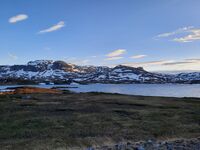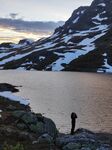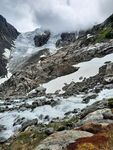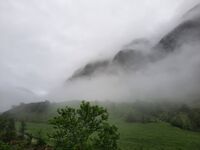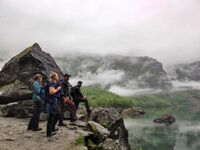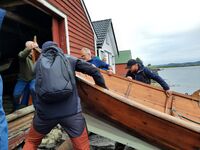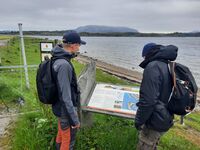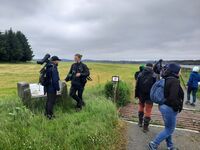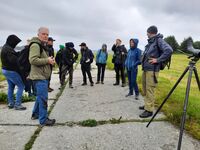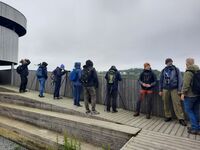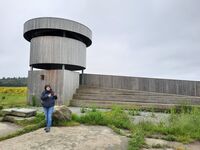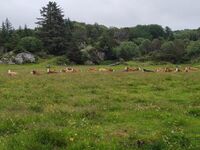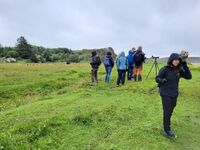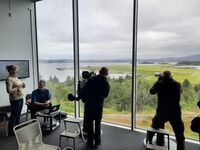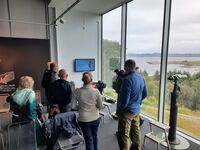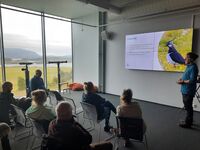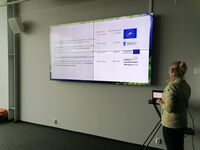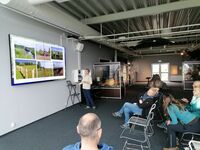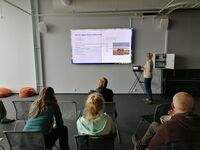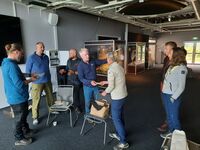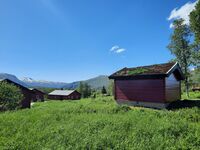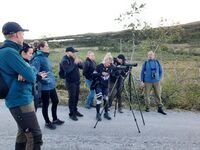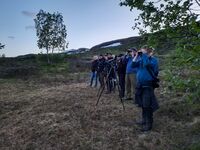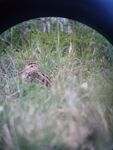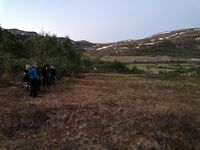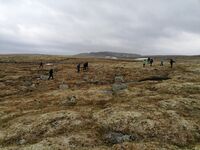Take a look at the photos from the study trip to Norway. The sight of snow has a very refreshing effect in this heat.
Within the framework of the implementation of the project “Protection of Charadriiformes by means of grazing and construction of small retention facilities...” we cooperate with the organization BirdLife Norge.
Now we have just met with its representatives during a study visit to Norway.
We visited an area on Herdla island (near Bergen) where 400 hectares of extensively cultivated grassland are used to protect breeding grounds for Charadriiformes: Lapwings, Black-tailed Godwits, Oystercatchers and Redshanks. The meadows are partly mowed and Norwegian Red cows graze there.
We also observed Skylarks, Twites, Eiders and Tufted Ducks, as well as 6 Great Curlews already on their autumn migration.
In a very beautiful education center where some of the exhibits for children were designed by Jo Nesbø (it is worth to take a peek at what it looks like https://www.facebook.com/herdlamuseum), we had time to present the work of our organizations.
The next day is a drive to the Hardangervidda plateau. Here, at an altitude of more than 1,000 meters, Great Snipes nest.
Our interesting observations, in addition to the tooting Great Snipes, included: Willow Ptarmigans, a Brambling in its breeding plumage, a Black-throated Loon, and mammals: numerous white-tailed hares. We were in the field between 9 pm and 1 am.
Already in the daytime, on an exposed plateau, in a tundra landscape, we saw Golden Plovers, Dotterels, Dunlins, Horned Larks, Rock Ptarmigans, Meadow Pipits, and a Rough-legged Buzzard on a nest built on a rock shelf, on a cliff – right next to the road.
When it comes to non-birds – one lemming ran away from us – this is not a good year for rodents.
Finally, before departing for Poland, we also visited museums in Oslo, i.a.: the very well-equipped Natural History Museum.
We are now waiting for a revisit to Poland, and hope to see our colleagues next year.

